
Electrical Engineering
Conducting Fab lessons in a virtual clean room
A virtual platform makes learning how to fabricate a semiconductor device easier, safer and more interactive.
Page 8 of 13

Electrical Engineering
A virtual platform makes learning how to fabricate a semiconductor device easier, safer and more interactive.
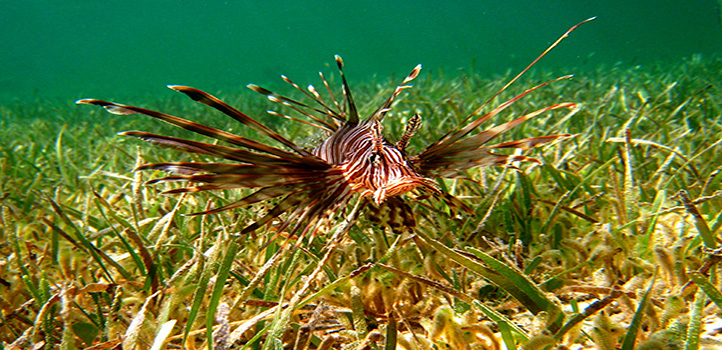
Marine Science
Researchers disentangle the effects of introduced species on the marine environment.

Chemistry
Fluorinated metal-organic frameworks make excellent materials for selective sensing and removal of toxic gases.
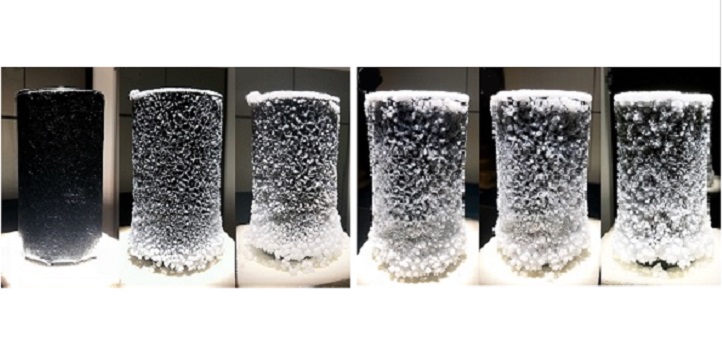
Environmental Science and Engineering
Unique membrane design prevents salt crusts from being produced during the distillation of brine water.
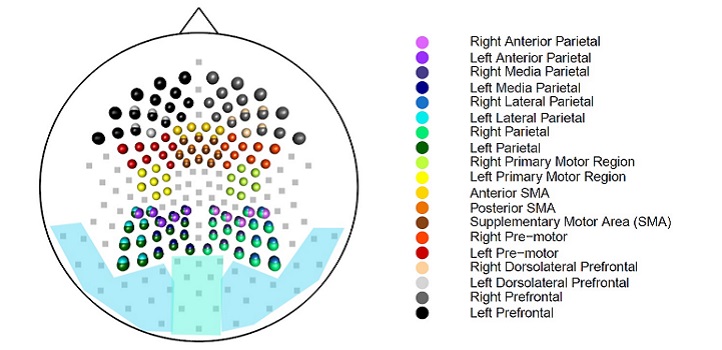
Statistics
The latest statistical methods from research on complex high-dimensional environmental data also yield powerful tools for interpreting brain activity.

Mechanical Engineering
Predicting capricious pre-ignition combustion events could enable automakers to build powerful yet more efficient engines.
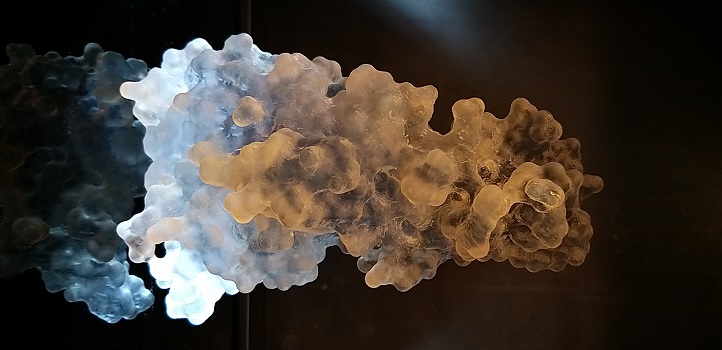
Bioscience
Single-molecule fluorescent measurements provide fresh insights into a process for keeping errors out of our genomes.
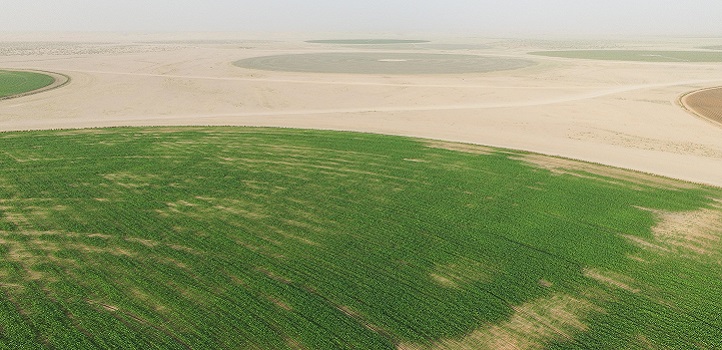
Environmental Science and Engineering
Aerial imaging of plant heights could help farmers manage field crops more effectively to increase yields and preserve resources.

Bioscience
In the harsh sand of the Namib Desert, the sheaths of speargrass roots co-opt any growth-promoting bacteria they can find.
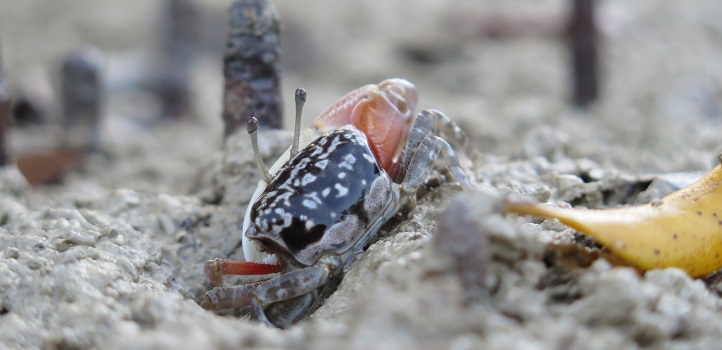
Bioscience
The types of bacteria living in and around fiddler crab burrows vary widely between mangroves, but their functional activities are remarkably similar.
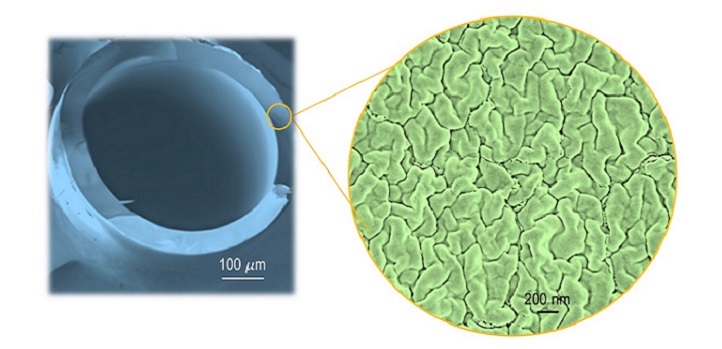
Environmental Science and Engineering
Environmentally friendly method for making membranes adds greener options for processing industrial waste.

Plant Science
Unravelling the genes behind salt tolerance in crop plants is made easier using the latest sequencing and phenotyping technologies.
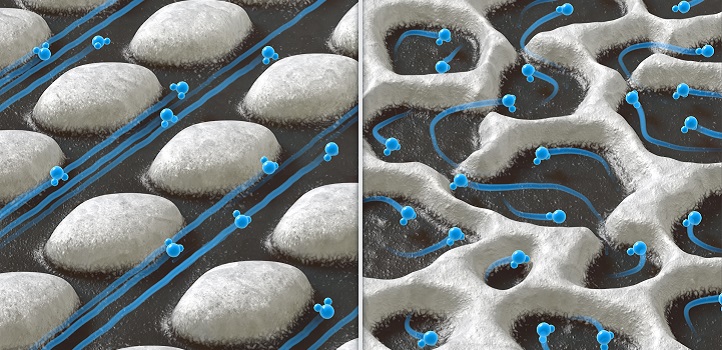
Chemical Engineering
Self-assembled channels in a polymer membrane could greatly enhance extraction of water from gases.
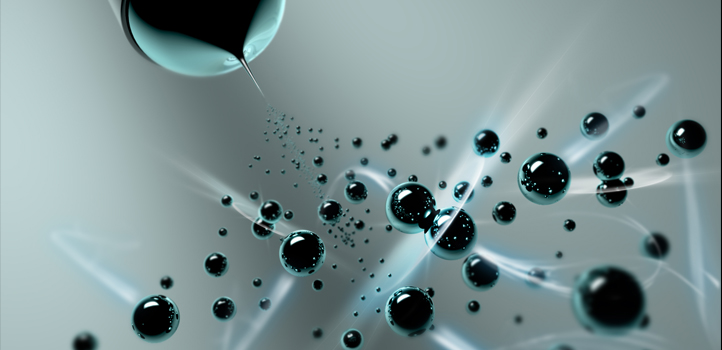
Environmental Science and Engineering
Electrosprays of water cannot reliably probe the air-water interface.
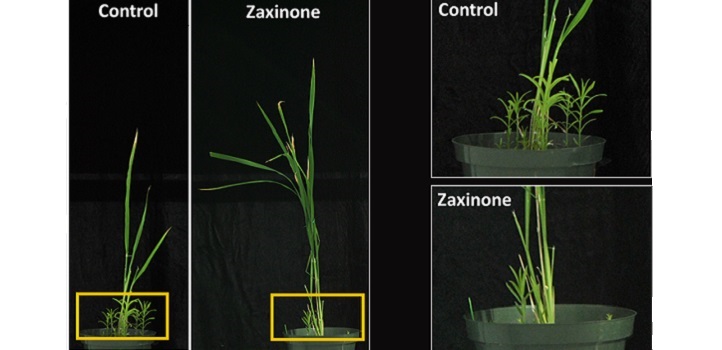
Plant Science
A metabolic compound that regulates growth of rice plants and limits witchweed infestation could boost crop yields.
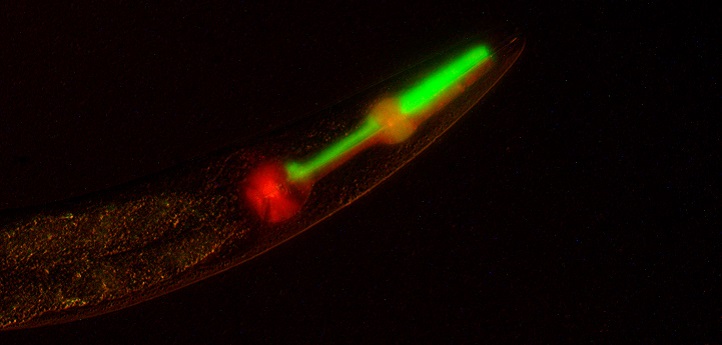
Bioscience
Laboratory model breaks laws of heredity, opening up new research possibilities in genetics and synthetic biology.

Bioscience
Recreating the human mind’s ability to infer patterns and relationships from complex events could lead to a universal model of artificial intelligence.

Computer Science
Computer model learns to identify Twitter users’ evolving interests by analyzing their Tweets.

Mechanical Engineering
Rapid-fire photography reveals how even a nanoscale amount of surface roughness can unleash microbubbles that may interfere with coating technology.
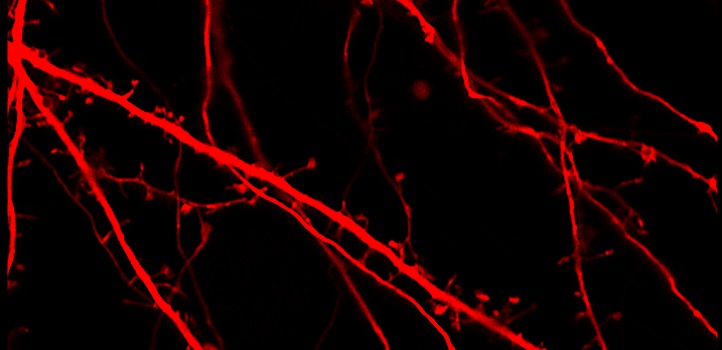
Bioscience
Study illustrates the links between brain energy metabolism and neuronal activity.
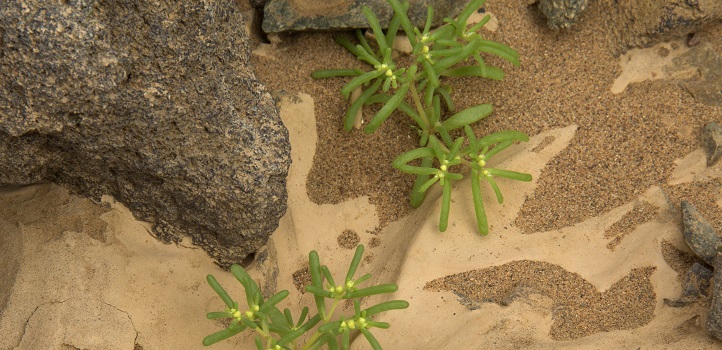
Plant Science
Desert bacteria protect food crops from salt toxicity.

Marine Science
Laser-induced graphene formation creates tailor-made sensors for monitoring ocean creatures and ecosystems.
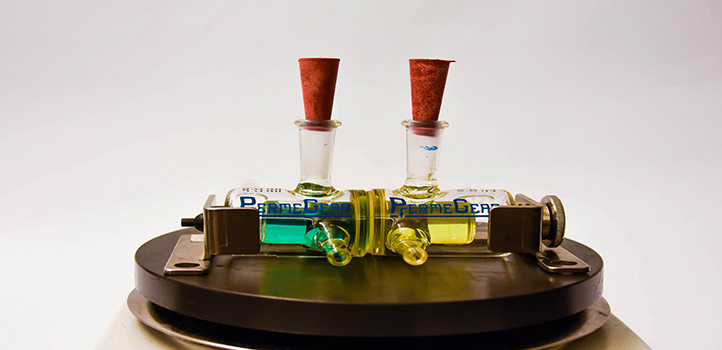
Chemical Engineering
Covalent organic crystal networks generate high-selectivity and high-flux membranes for organic solvent filtration.
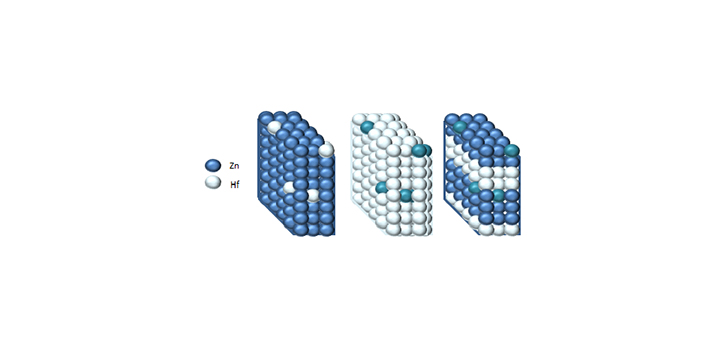
Material Science and Engineering
Small tweaks in component ratios generate electronically different layers from the same material to create transparent transistors.

Electrical Engineering
Combining a polymer and microparticles enables a new type of capacitor that could mimic the way the brain processes information.
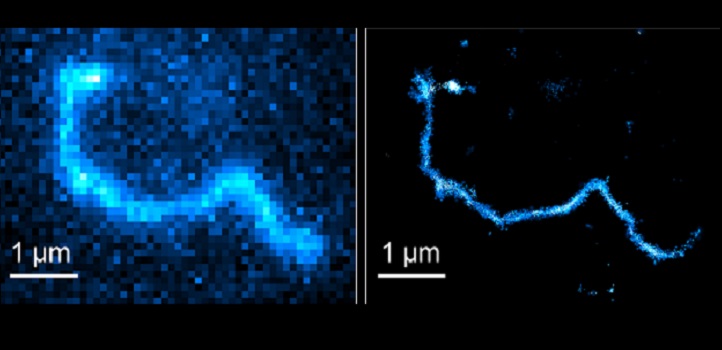
Bioscience
A Nobel-winning method for observing single molecules in action provides the basis for unprecedented insights into polymer chain dynamics.
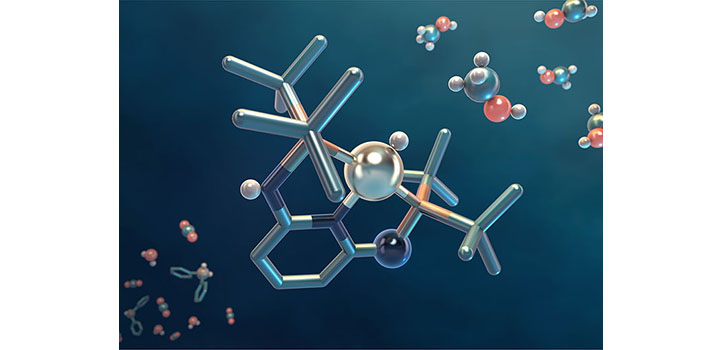
Chemistry
Hydrogen-powered cars and recycling CO2 are just two of the myriad of applications that could spring from catalysts based on a new ligand platform.

Electrical Engineering
Ambient energy emitted by cellular phones and modems can be captured and converted into electricity using unusually shaped technology.
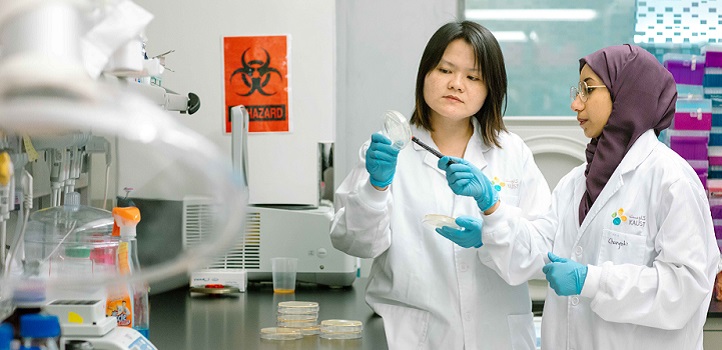
Environmental Science and Engineering
A combined treatment may help tackle the rise of E. coli PI-7 in Saudi Arabia’s wastewater systems.
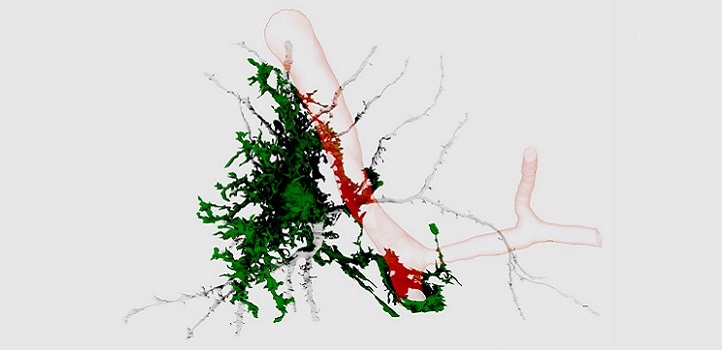
Bioscience
State-of-the-art techniques and software help researchers recreate cellular brain structures and model biochemical processes that support the brain’s energy demands.
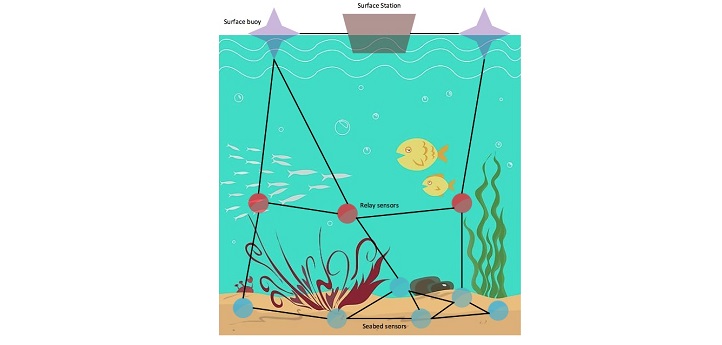
Electrical Engineering
An optical system for monitoring underwater sensor positions could enable large networks of devices to be deployed for ocean measurements.
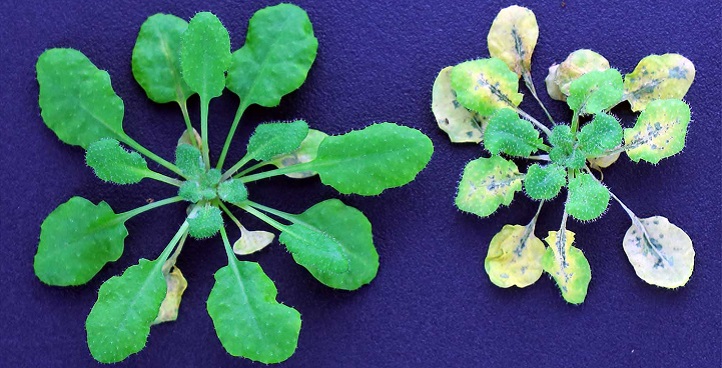
Plant Science
A key protein is shown to be responsible for activating and controlling plant immune responses to bacterial infection.

Bioscience
Inkjet-printed device helps monitor a patient’s blood sugar levels without painful needles.
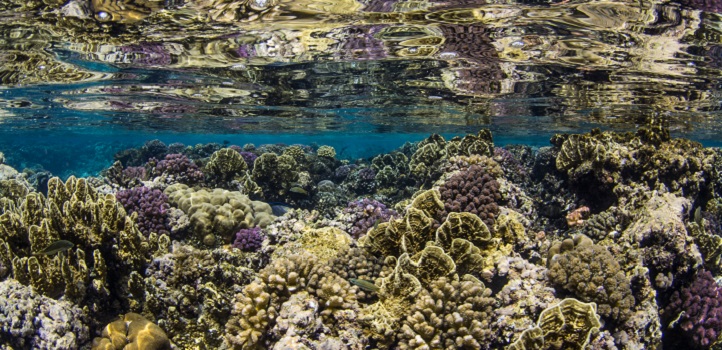
Marine Science
Determining the growth dynamics of Red Sea coral reefs has enabled researchers to establish a baseline to assess the effects of environmental change.

Electrical Engineering
Inkjet-printed switches make multiple frequency bands easier and cheaper to manage in wireless devices.

Material Science and Engineering
For researchers seeking entrepreneurial opportunities, KAUST can provide the perfect springboard.

Electrical Engineering
High-performance blue-light-emitting diodes could boost white-light, high-speed data transmission.

Mechanical Engineering
Flexible skin for soft robots, embedded with electrical nanowires, combines conductivity with sensitivity within the same material.
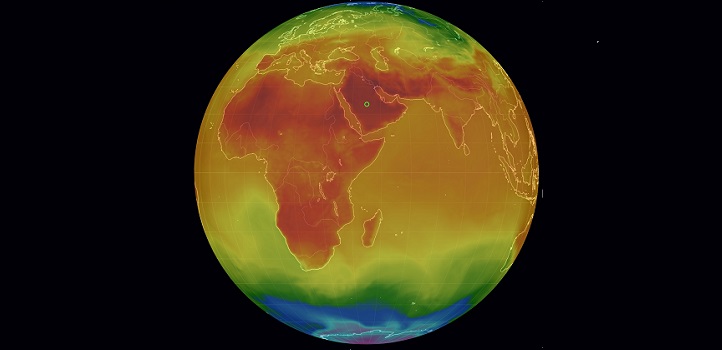
Earth Science and Engineering
Investigating links between surface air temperatures and large-scale circulation patterns builds understanding of climate variability in the Arabian Peninsula.
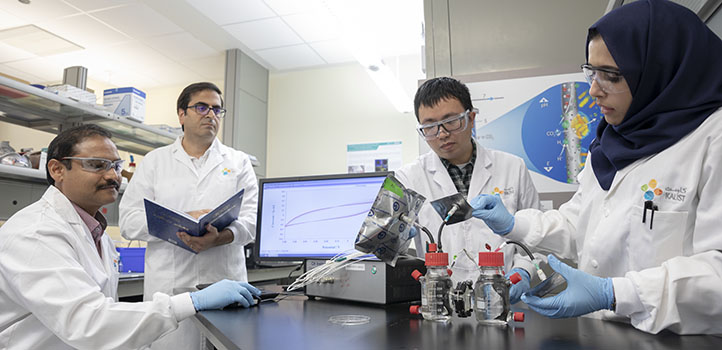
Environmental Science and Engineering
Helpful microbes inhale CO2 through a porous cylindrical electrode and exude useful chemicals.

Mechanical Engineering
Ultrafast video capture of droplet cloud formation should help minimize the risk of gas-leak explosions.
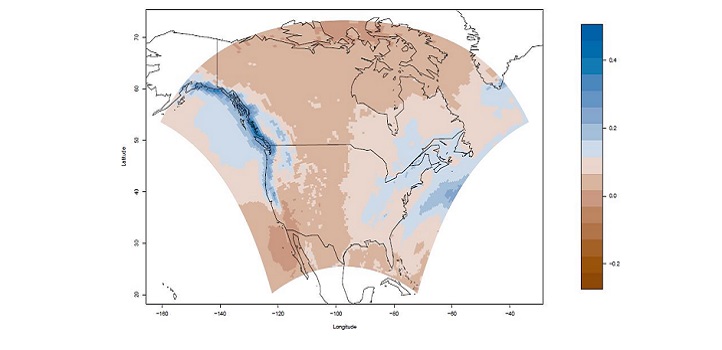
Statistics
A more accurate way of resolving spatial patterns in weather could lead to better predictions of climate change.
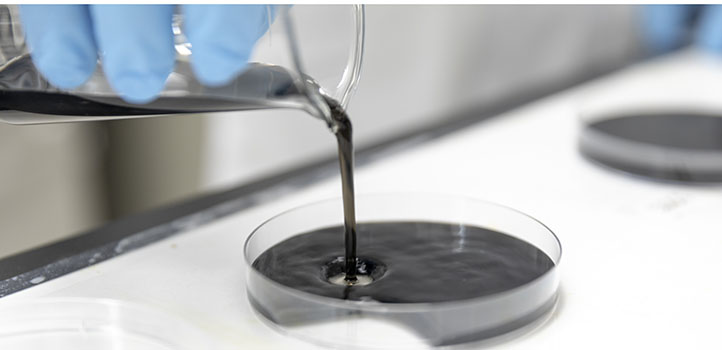
Environmental Science and Engineering
An inexpensive hydrogel-based material efficiently captures moisture even from low-humidity air and then releases it on demand.
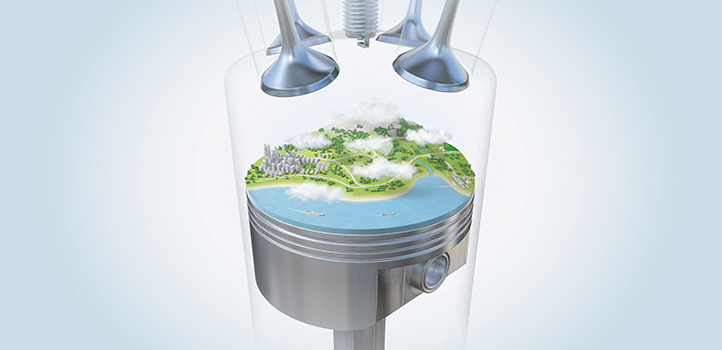
Mechanical Engineering
A compound made from the glycerol by-product of biodiesel production could promote cleaner burning in vehicle engines.
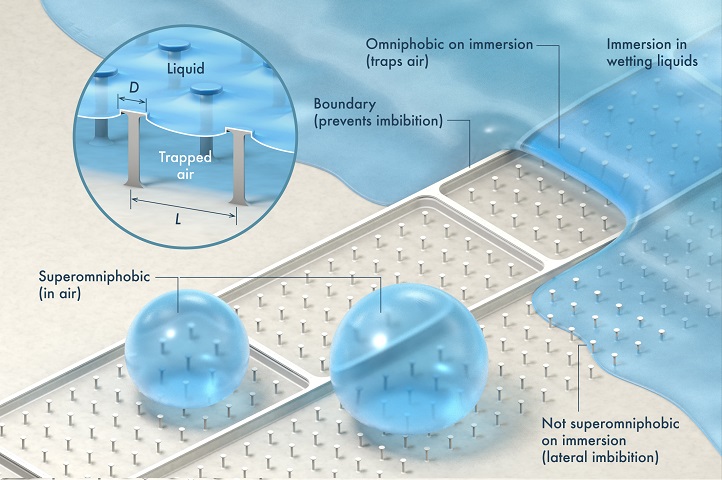
Environmental Science and Engineering
Immersion could become the ultimate test for assessing the wetting properties of coating-free microtextured surfaces.
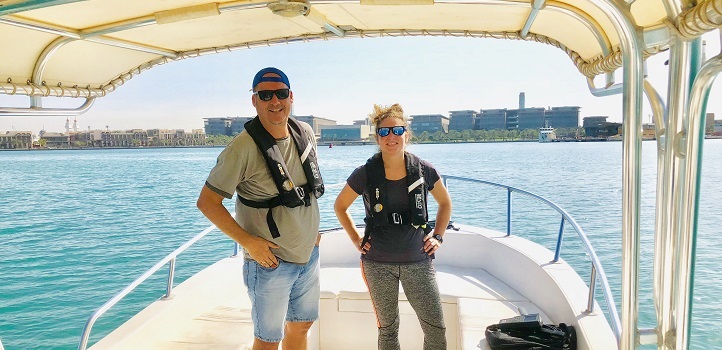
Marine Science
Investigating plankton communities' reaction to rising water temperatures may improve modeling of marine ecosystem responses to global warming.

Mechanical Engineering
Understanding the effect pressure has on soot production during fuel combustion could help reduce polluting emissions.

Earth Science and Engineering
Modeling shows that the Indian summer monsoon can trigger heatwaves and sandstorms on the Arabian Peninsula.
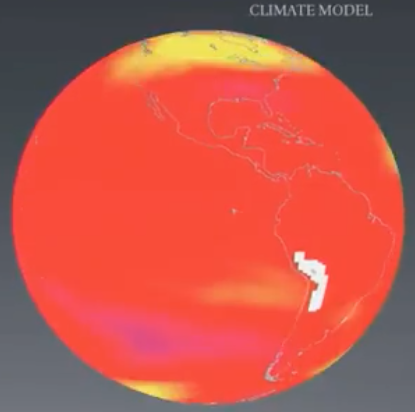
Statistics
Harnessing the power of virtual reality will help to visualize data and improve statistical models.

Statistics
A new statistical tool for collectively analyzing large sets of brainwaves promises to accelerate neurofunctional research.

Chemistry
A metal-organic framework that selectively removes impurities from natural gas could allow greater use of this cleaner fossil fuel.

Computer Science
A window opens for analyzing the distribution of small molecules in biological and medical tissue samples.
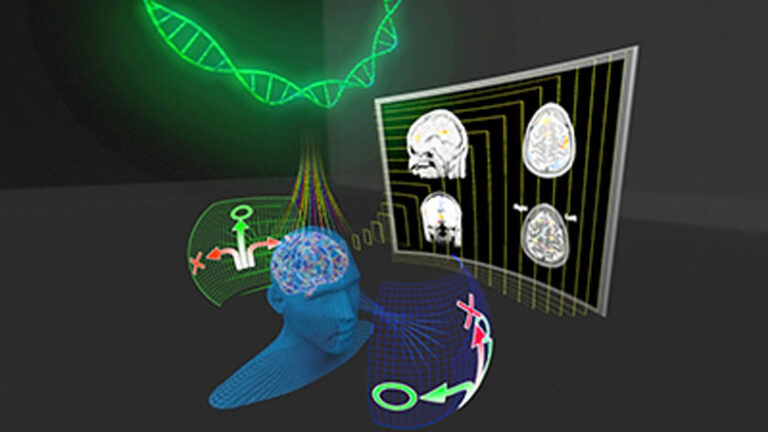
Statistics
Modeling changes in brain activity over time provides deeper insights into learning and behavioral responses.

Material Science and Engineering
Printable solar materials could soon turn many parts of a house into solar panels.
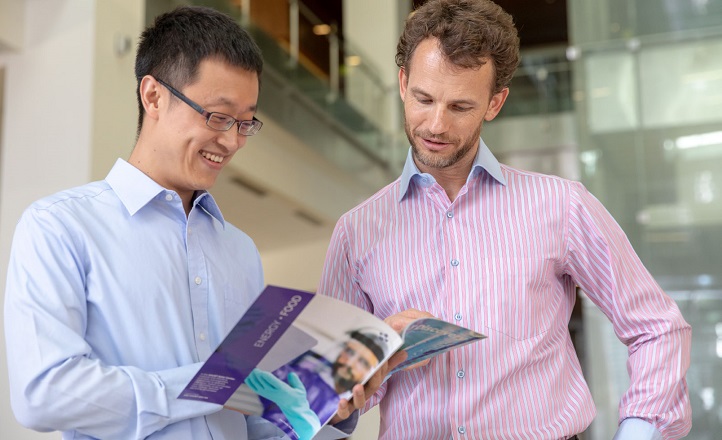
Computer Science
Xin Gao’s research is building bridges between computer science and biology.
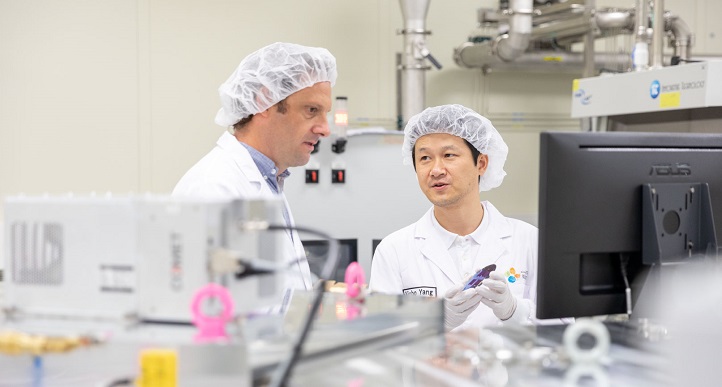
Material Science and Engineering
Tantalum nitride as thin layers improves the extraction of electrons from silicon solar cells.
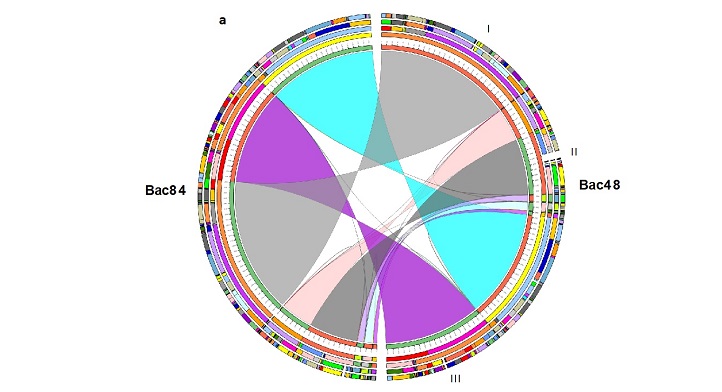
Applied Mathematics and Computational Sciences
Genome sequencing of two Red Sea bacteria highlights their potential as industrial workhorses.

Statistics
A more efficient approach to modeling spatial data involving thousands of variables keeps computation time in check.
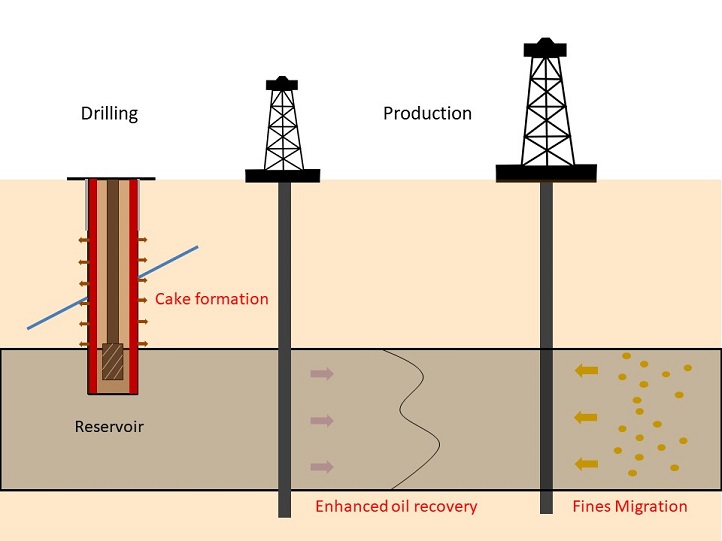
Earth Science and Engineering
A comprehensive model for simulating mudcake growth during oil extraction could transform well-drilling protocols.

Marine Science
Composition in cryptic fauna assemblages changes across a shelf gradient, a recent study of the Red Sea shows.
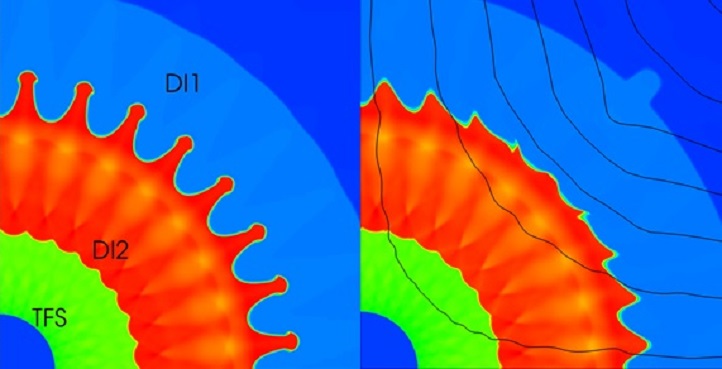
Mechanical Engineering
A numerical study reveals how to reduce instabilities in the complex flow of plasma in converging geometry of particles in fusion reactions.

KAUST places great emphasis on translating university know-how into real-world impact, say Kevin Cullen, vice president of Innovation and Economic Development, and John Tannaci, associate vice president for research.
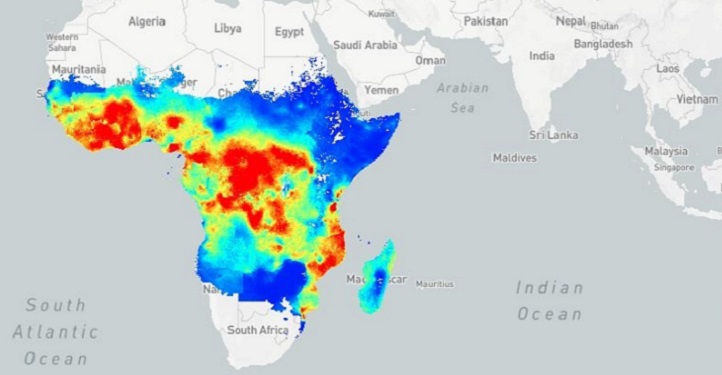
Statistics
A tool developed by Håvard Rue has transformed data analysis, interpretation and communication. It has been applied broadly: from modeling the spread of infectious diseases to mapping fish stocks.
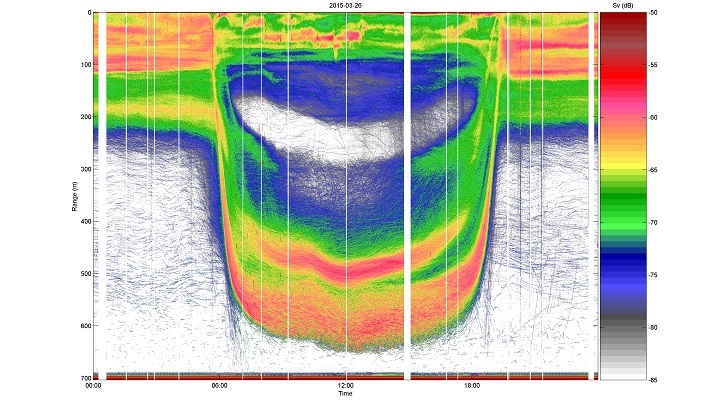
Marine Science
A carbon source stemming from daily fish migrations is implicated in the global carbon cycle.
Material Science and Engineering
Nanoparticles with a shell structure improve the performance of zinc-oxide photodetectors.
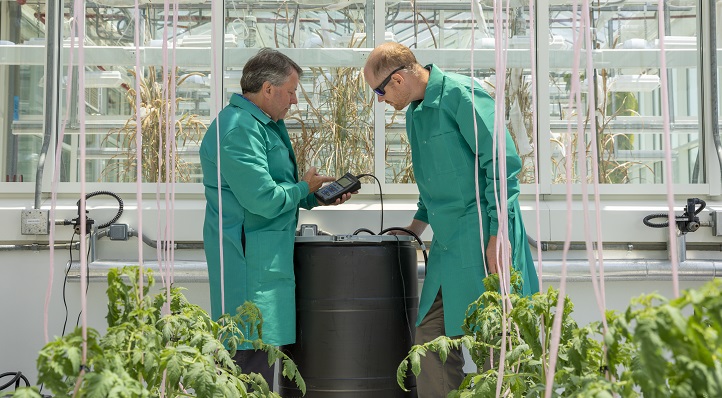
Environmental Science and Engineering
Research to optimize aquaponics systems could inform a new era of urban food production.

Environmental Science and Engineering
Tiny nature-inspired cavities that trap air can stop liquids from sticking to surfaces without the need for coatings.

Chemistry
Rethinking industry-scale catalytic processes could slash global energy consumption and even turn carbon dioxide into a valuable commodity.

Statistics
Simultaneously modeling air pollutants and weather under extreme conditions highlights the potential for serious health risks.

Marine Science
While drones scan beaches to assess plastic litter, microplastics are found in the digestive tracts of one in every six Red Sea fish.
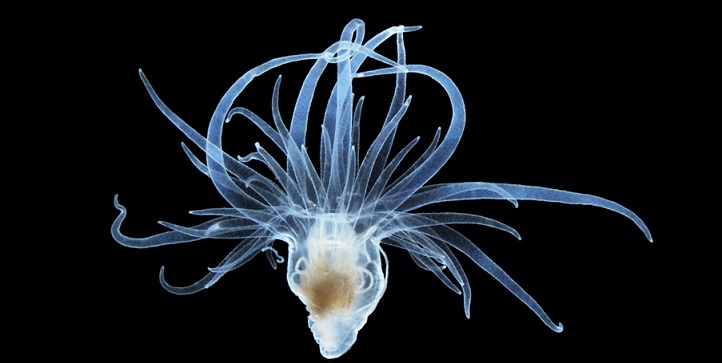
Marine Science
Epigenetic mechanisms adjust gene expression in anemone symbiosis.
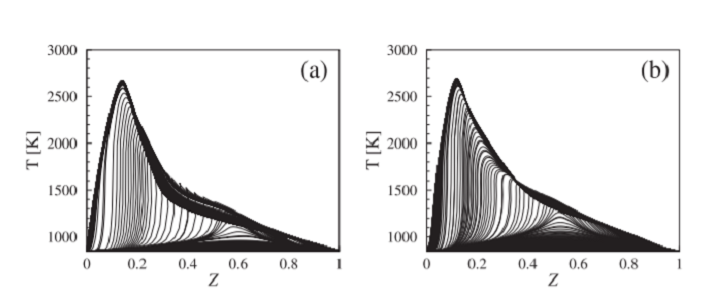
Mechanical Engineering
Computer analysis aids the formulation of methanol-based renewable fuels that can operate under compression ignition conditions.
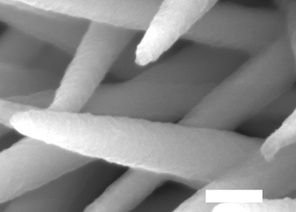
Chemistry
Triple-layered nanoarray electrode promises to boost battery performance and enhance other electrochemical processes.
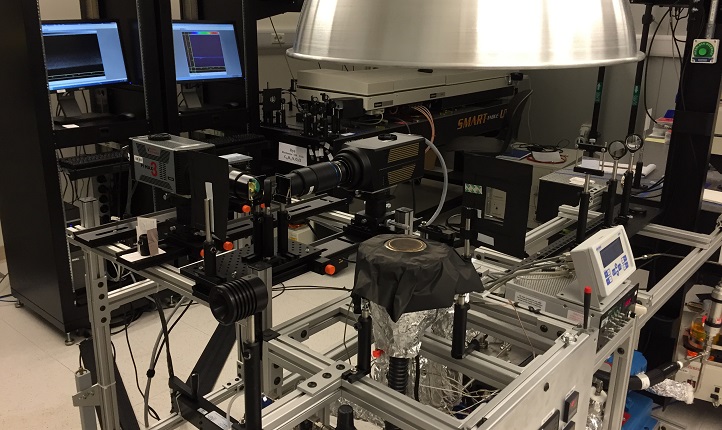
Mechanical Engineering
Ethanol and related gasoline replacement fuels produce fewer smog-causing chemicals.

Bioscience
Molecules reorganize to slow stem cells down, giving them a chance to adhere to and eventually cross the inner lining of blood vessels into the bone marrow.
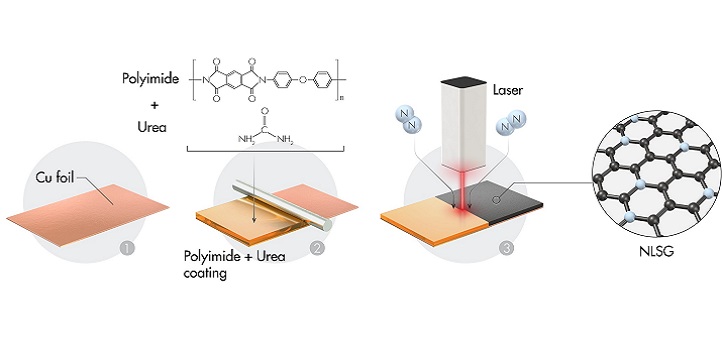
Material Science and Engineering
Laser-scribed disordered graphene significantly improves sodium-ion battery capacity.
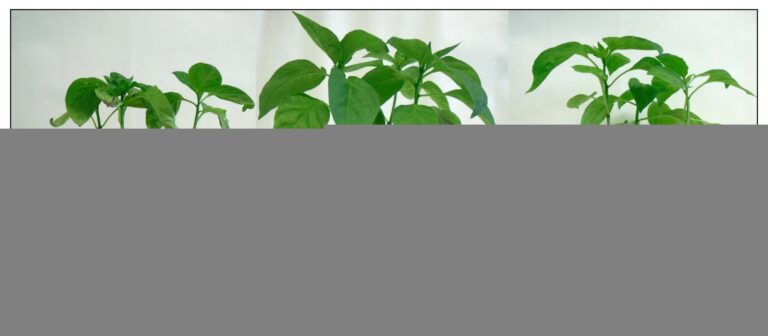
Bioscience
Adding certain types of bacteria to soil could help protect plants against drought by activating a proton pump in root cells.
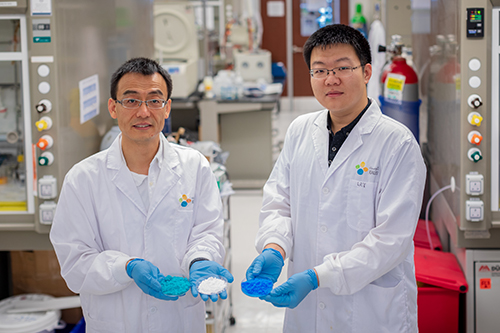
Environmental Science and Engineering
A low-cost method for collecting water from the atmosphere could be used to provide potable water to dry, inland regions.

Earth Science and Engineering
Volcanic eruptions in Mexico and the Philippines can lead to atmospheric changes that favor the ventilation of deep water in the Red Sea.
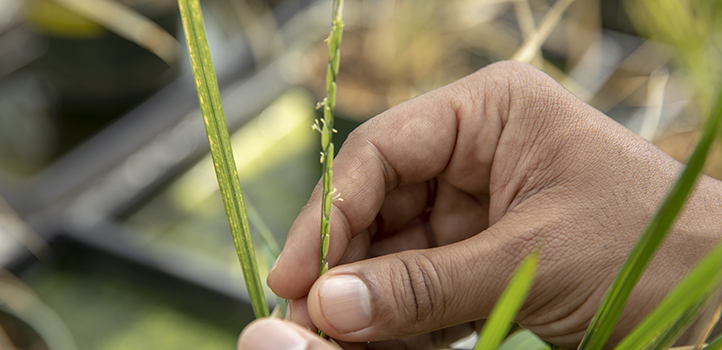
Bioscience
A compound that binds to and inhibits a crucial receptor protein offers a new route for controlling a parasitic plant.
Chemical Engineering
A membrane made of porous carbon-fiber structures grown on a porous ceramic substrate is more efficient than similar existing membranes at filtering seawater.
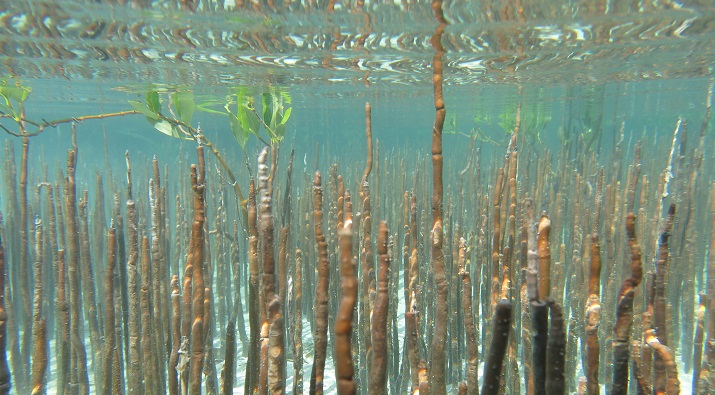
Marine Science
Maintaining a balance between rising sea levels and soil accumulation will rely on careful management of coastal regions.
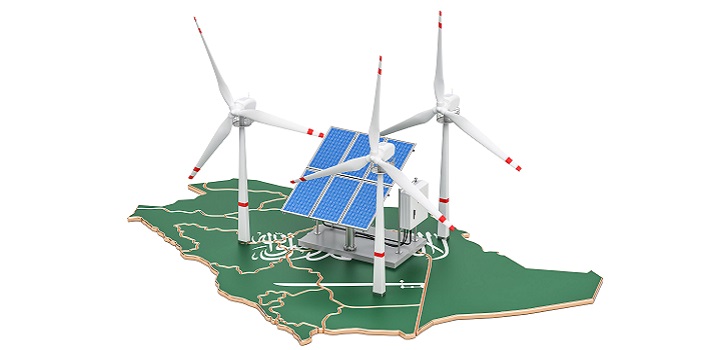
Statistics
The first quantification of wind energy in Saudi Arabia points to high wind power potential for many decades to come.
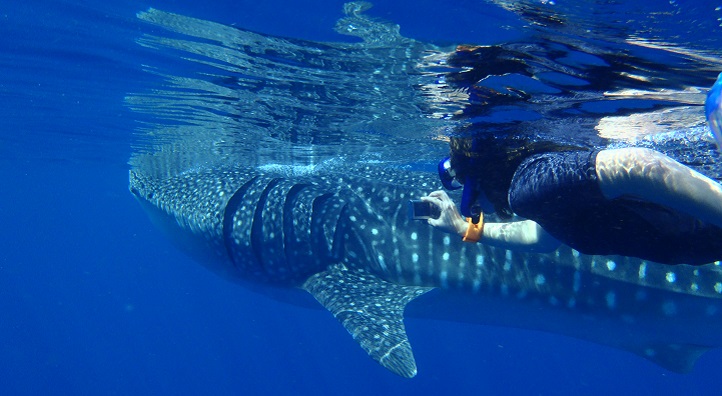
Marine Science
Investigations of prey patterns fail to explain why whale sharks aggregate off the coast of Saudi Arabia.
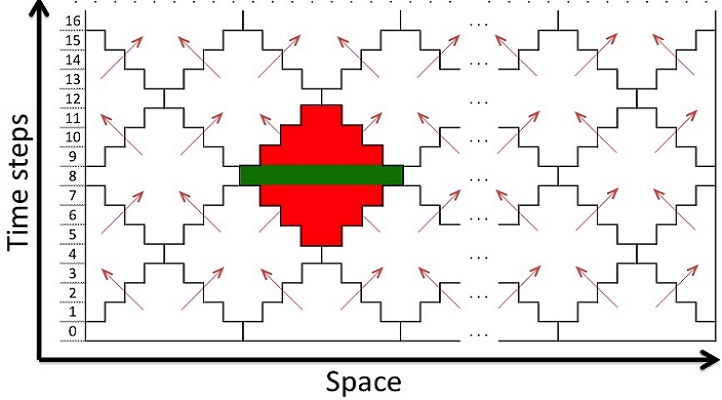
Applied Mathematics and Computational Sciences
Software could transform underground imaging of fossil fuel reserves by providing unprecedented detail in record time.
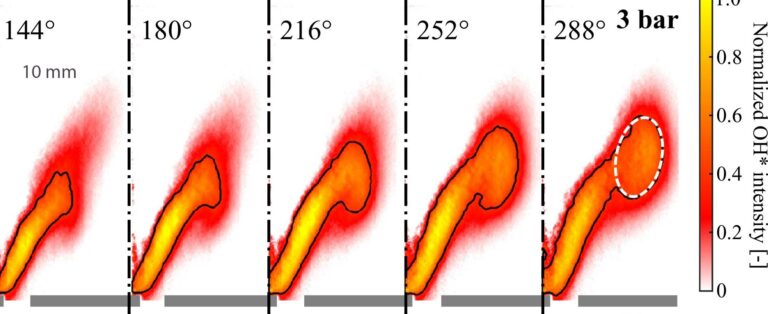
Mechanical Engineering
Understanding the response of gas flames to acoustic perturbations at high pressure should make next-generation turbines safer and more efficient.

Marine Science
Corals, even in the most far-flung locations, are being affected by climate change but fare better in marine protected areas.
Computer Science
A novel imaging method makes it possible to capture object deformation in three dimensions over time with unprecedented accuracy.

Plant Science
Precision molecular tools derived from bacterial defence systems are transforming the theory and practice of genetic modification.

Environmental Science and Engineering
A plant scientist, a water specialist and a petroleum engineer walk onto a panel, “how do you define sustainability?” one asks.

Plant Science
Bacteria isolated from desert plants could provide the key to maintaining productive agriculture in arid regions.
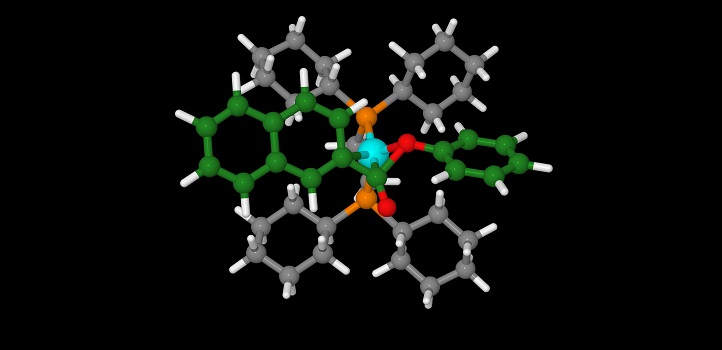
Chemistry
A metal catalyst that gives distinct carbon-based molecular skeletons upon ligand change may unlock cost-effective, green synthetic routes.
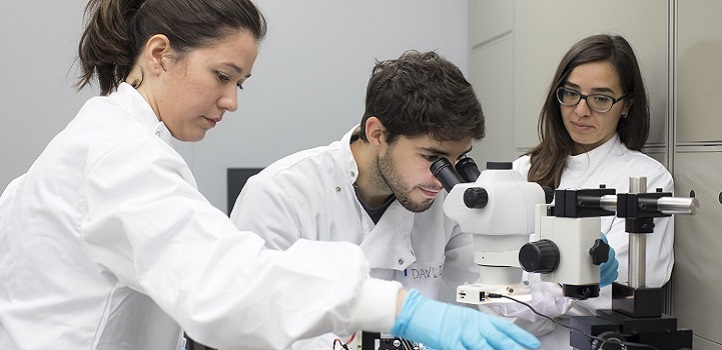
Bioscience
Pairing a conjugated polymer with a redox enzyme generates a fast, selective and sensitive electrochemical biosensor for metabolites.

Marine Science
Research reveals the genetic response to heat stress and highlights symbiotic algae’s role.
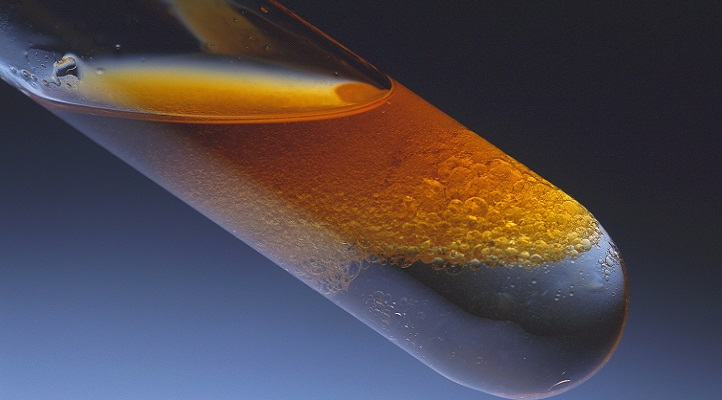
Chemical Engineering
A new conceptual model for describing a fuel’s composition can accelerate and simplify combustion simulations.
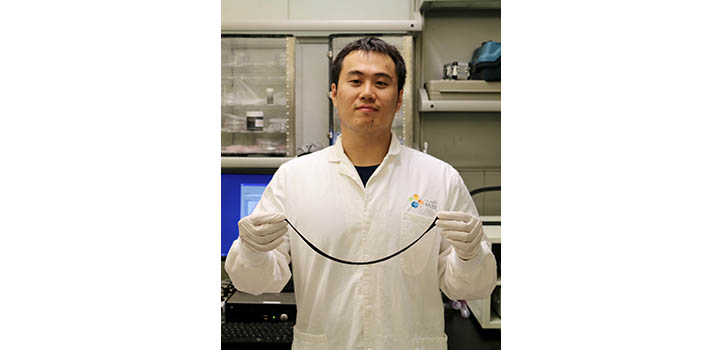
Material Science and Engineering
A metal carbide within a hydrogel composite senses, stretches and heals like human skin for use in medicine and robotics.
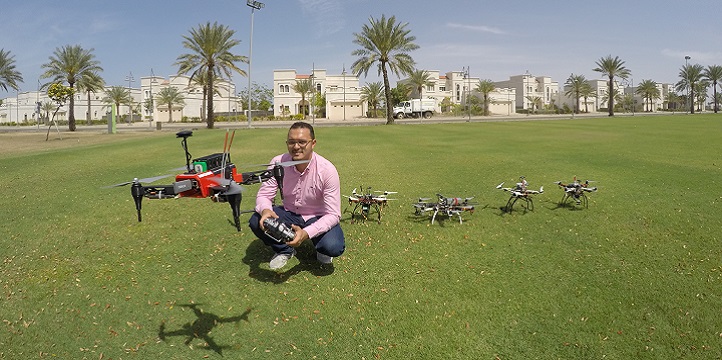
Electrical Engineering
Innovative drone designs and software enable a team of drones to work together in a coordinated approach.
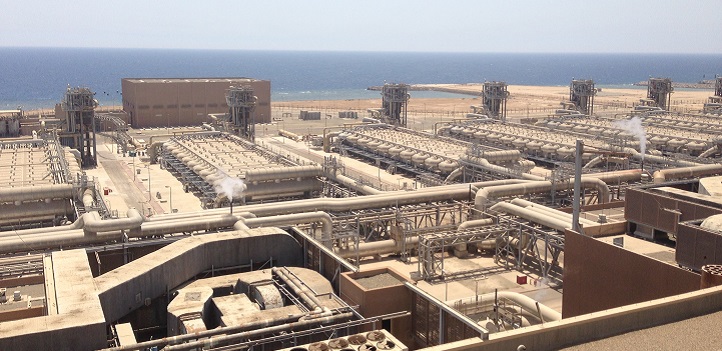
Bioscience
Learning how boron evaporates will help to improve water desalination technologies.
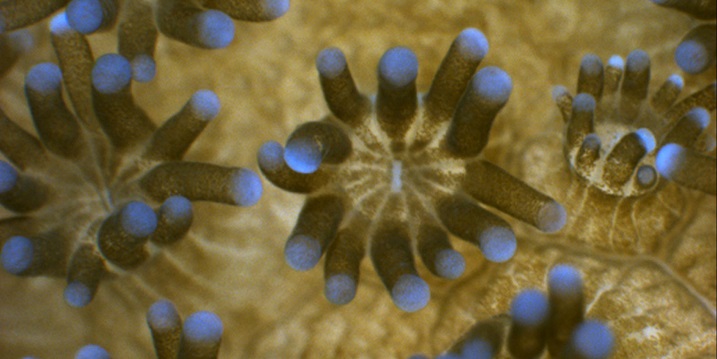
Marine Science
A molecular process that signals distress could also help corals adapt to climate change.
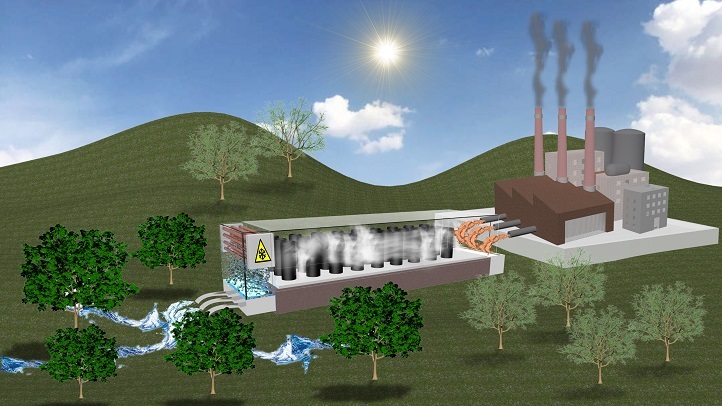
Environmental Science and Engineering
A 3D solar-steam generator design squeezes every last drop of energy from sunlight to produce fresh water.